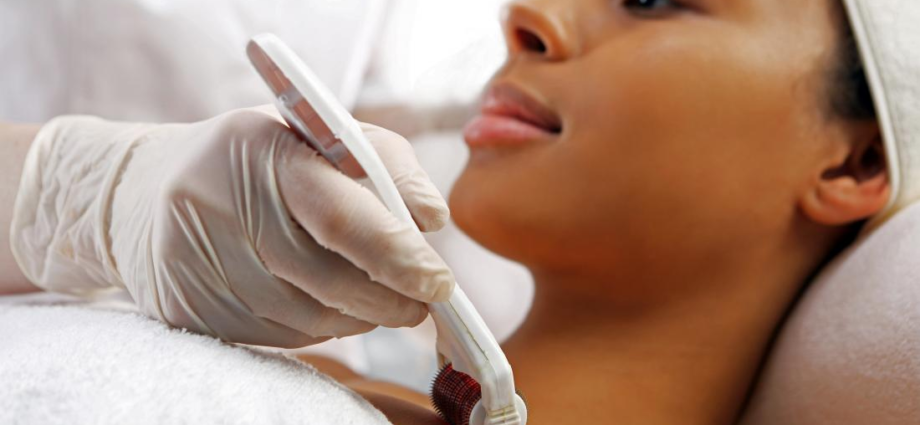The intensity of a headache might be overwhelming. The only thing you might want to do is curl up in a ball and pray for the agony to go away. Your symptoms can be even worse if you get migraines. The neurological condition known as a migraine is thought by experts to be brought on by genetic changes in the brain. One of the main signs of migraines is a severe, throbbing headache. However, they can also occur without one.
About one-third of migraine sufferers experience an aura, which are brief neurological problems that impair vision, touch, or speech before or during an attack. Because there are so many different types of headache issues, there is also a wide variety of treatments available, from drugs to dietary adjustments. However, given some drugs’ severe side effects, it is urgently necessary to identify efficient substitutes for conventional migraine and headache therapies.
Numerous symptoms might accompany a migraine attack, such as:
- vomiting and/or nauseous
- sensitivity to light
- Sensitivity to sound
- temporary loss of vision
- extreme tiredness
- Dizziness
- olfactory sensitivity
Patients may not be aware that migraines are just a secondary symptom of another condition since they are so terrible. When the body is unable to resolve the underlying problem, PRP can often be helpful.
Plasmolifting World is a creative healthcare provider. The PRP-tubes, used for the creation of platelet-rich plasma, are one of the products that their website sells (PRP). PRP tubes are their company’s main product and have already been effectively utilized for numerous therapeutic purposes by thousands of doctors all over the world. They hope to provide their customers with a succinct and clear overview of this product and its ever-expanding application possibilities through our contribution.
PRP for Migraine Treatment:
Recently, PRP—platelet-rich plasma—has gained popularity as a viable treatment for migraines. PRP employs the body’s unique natural healing system to repair damaged tissue rather than artificially numbing the pain. PRP supports the body’s natural healing process.
The medical reason for migraine will determine how well PRP works.
- Myofascial TMD (temporomandibular disorder) sufferers are more prone to get migraines, according to studies. The primary muscle involved in chewing is the masseter, which is a temporomandibular joint muscle. Therefore, injecting PRP into the masseter muscles of TMD patients may show to be a helpful and effective complement to migraine treatment regimens.
- Indeed, research has demonstrated that PRP can help TMD patients with their masseter muscle-related myofascial pain. In contrast to hydrocortisone injections with a general anaesthetic, smaller research indicated that PRP significantly improved pain in TMD patients.
- A potential, severe side effect of a spinal tap is Postdural Puncture Headache (PDPH). An epidural blood patch may be necessary for patients for whom conventional management techniques are ineffective.
- A dural hole may heal more quickly using an epidural patch made of autologous PRP. According to a case report in 2017, an epidural patch containing autologous PRP was used in a patient with chronic PDPH after the usual epidural blood patch flopped. After just three days, the patient saw an improvement in her headaches, and 35 days later, she was symptom-free.
PRP is a potent stand-alone therapy and a useful complement to several other headache management techniques. To select the best strategy for you, it is crucial to identify the cause of your headache.

